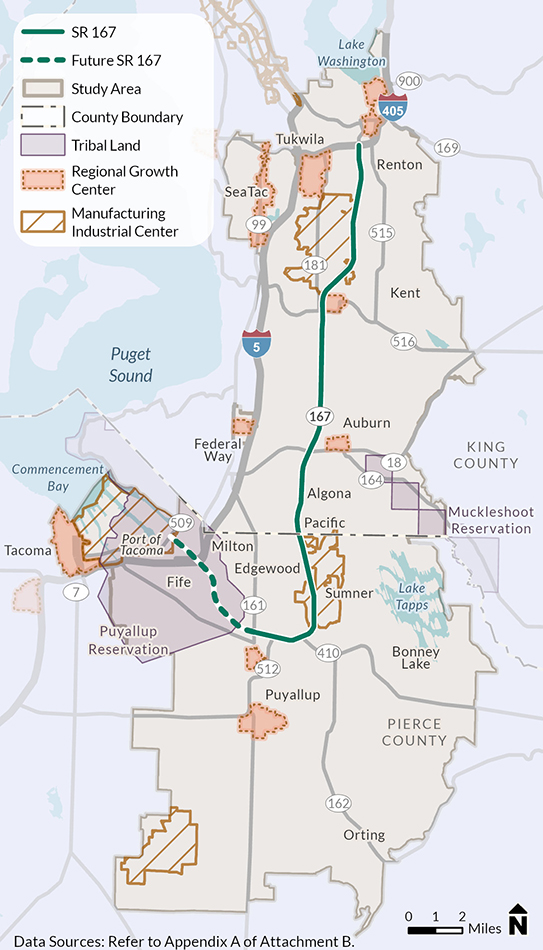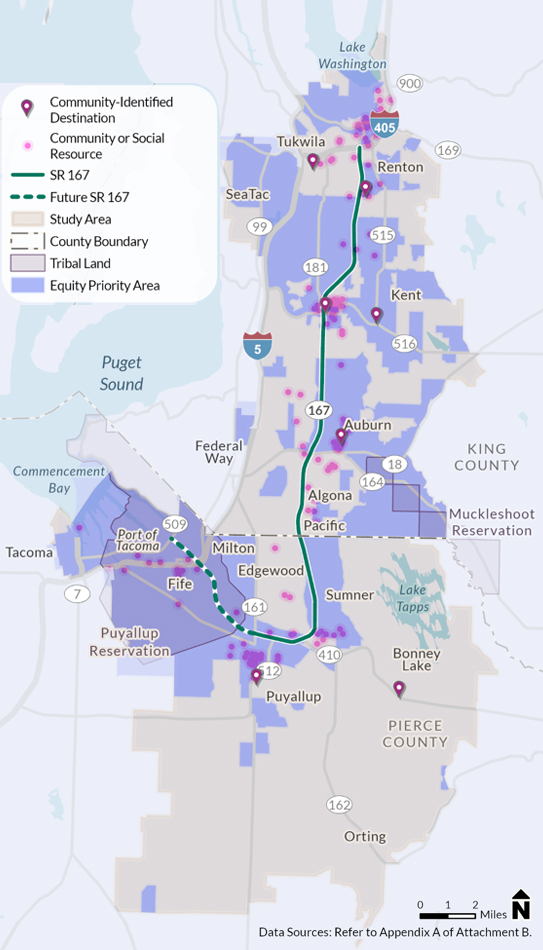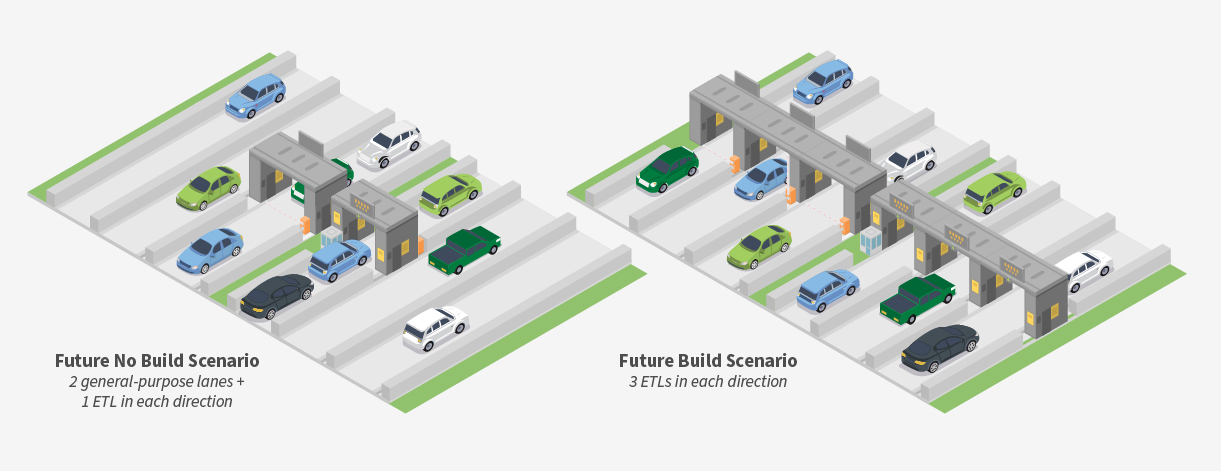Understanding Traveler Behavior
Models & Transportation Economics – Part 1
Understanding Traveler Behavior
Models & Transportation Economics – Part 1
In the first of two posts, we explore Activity-Based Models (ABM) and traditional trip-based models, focusing on their use in predicting travel patterns. The case study involves the SR 167 Master Plan project in Seattle, Washington, revealing differences in results between ABMs and traditional 4-step models. For nuanced changes, such as introduction of a toll, ABMs may be better suited to capture diverse reactions.
Transportation infrastructure projects, often requiring significant investments, demand thorough analysis and justification. In the planning phase, choosing prediction methods becomes crucial. ABMs, gaining popularity over trip-based models, offer detailed information and deeper insights, aligning with the evolving focus on managing, not just growing, transportation networks.
This post serves as a continuation of our discussion on ABM applications in transportation equity analysis. Using the SR 167 Master Plan project as a case study, we compare outputs from the regional Puget Sound Regional Council trip-based model and the PSRC SoundCast ABM when modeling a tolling scenario.
The SR 167 corridor, as shown in Figure 1, spans about 20 miles and connects several rapidly growing areas to key job centers in Pierce and King Counties. The residents of the study area have a high auto dependency due to a combination of low-density housing, industrial job centers, and limited transit options, making highway travel essential to access jobs. SR 167 and I-5 are the primary north/south travel options to connect people to key employment hubs. However, both I-5 and SR 167 face severe congestion during peak periods. And, as shown in Figure 2, much of the project study area falls within an Equity Priority Area (EPA).
The SR 167 Master Plan aims to improve traffic flow along the corridor during peak hours through transportation investments and new technologies. SR 167 currently features two general-purpose lanes and one Express Toll Lane (ETL) in each direction. One proposed investment, as depicted in Figure 3, was to convert the existing general-purpose lanes into ETLs during peak periods, creating a fully tolled facility.
While this proposal was screened out of the Master Plan for further consideration, it served as a useful scenario to compare model performance on some key metrics – impact to parallel arterials, person throughput, transit ridership, and impact to equity priority areas.
We modeled the proposed tolling measure against a no build scenario using both the trip-based model and ABM. The results, where arrows represent the magnitude of change output from each model are shown in Figure 4.
ABMs are generally better for modeling driver responses to tolling, as they more accurately account for the distribution of travelers’ value of time, vital for modeling reactions to the introduction of pricing or changes to existing tolls. Trip-based models are often less nuanced in how they model tolling, as they lack the detailed inputs and processes to account for a person’s value of time. [1] One would assume that this difference in approach could lead to different results when testing the effect of the same scenarios in each model.
And indeed, we found that the trip-based model forecasted a much larger decrease in travel on SR 167 than the ABM predicted, with a much higher portion of trips instead shifted to parallel arterials.
Given the ABM’s detailed data and better representation of people’s value of time, it makes sense that the model depicts a more modest reaction for travelers on SR 167. After all, travelers on SR 167 have limited travel choices; while shifting to parallel arterials does not incur a toll, travel is much slower than on a freeway. Thus, a reason for the ABM’s more modest reaction could be that the benefit of using the faster toll lanes outweigh the costs of tolls for enough users to not show as large a change in travel amount and route when compared to results from the trip-based model. Even with these results that are in line with expectations, suggested modeling practice dictates that as a next step one would gut check using other sources of information, such as travel speeds from big data sources. One could also consider testing the results from the travel demand model in a more detailed microsimulation model to better understand the impact on traffic operations along the corridor.
Stepping back – while both models offer insights into future potential corridor operations, accounting for the value of time and money can help professionals and decision makers better use models to analyze, justify, and communicate the benefit of projects to the communities they represent.
Want to learn more? Explore the options below to facilitate informed discussions, make sound infrastructure decisions, and promote equitable transportation solutions.
Stay Informed: Explore ABMs and the evolving world of transportation modeling in infrastructure decisions.
Reach Out: Connect with one of this post’s contributors below to discuss the nuances of transportation models.
Stay Updated: Find recommended transportation strategies and projects for the SR 167 study area on WSDOT’s project website.
You can also check out the second installment of this two-part blog series where we look at this case study with a focus on price elasticity and talk about how it can provide further insight on effective transportation strategies.
Contributors

Marissa Milam
Senior Planner, SR 167 (Technical) Lead

Eric Womeldorff
Transportation Economics Lead
Email Me

Chris Breiland
SR 167 Master Plan Project Manager






